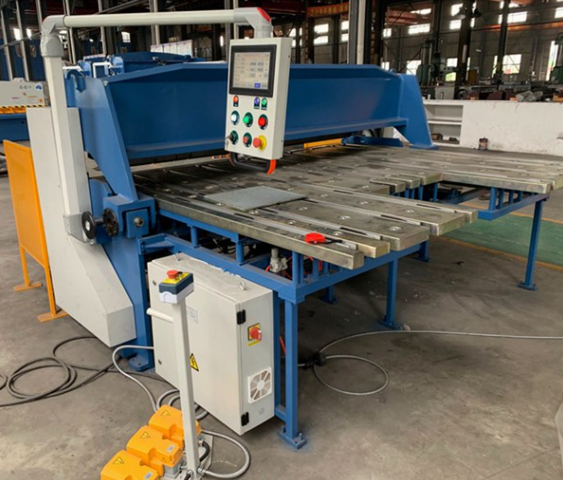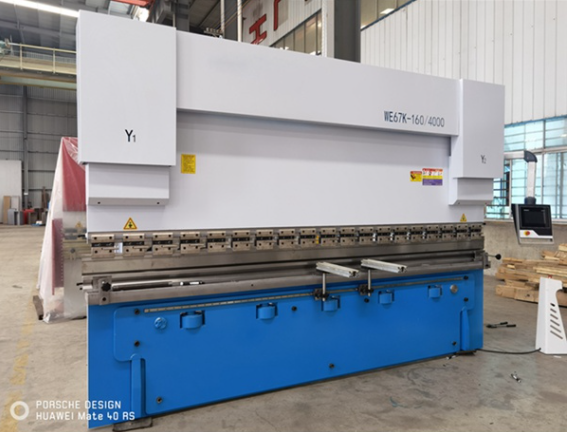Jul. 28, 2022
Bending machines are a necessity in almost any metalworking shop. Unfortunately, despite the fact that they are one of the most important and needed machines in the store, they are still misunderstood - even by professionals. To help you better understand bending machines, we've put together this short layman's level guide.
A bending machine is a machine that forms lengths of sheet metal. These sheets are typically used in manufacturing, industrial applications or as components in other equipment. Most bending machines are rated based on their ability to press metal and their total bending length. This is expressed as a number (for example, total PPI or pounds per inch of pressure). They come in a variety of forms, often with tooling and add-on components designed to create highly customized assemblies. Bending machines fall into two main categories: mechanical and hydraulic. In the next section, we will break down the differences and explain the salient features of each style.

Mechanical bending machines operate by means of a motor inside the machine. This motor rotates a large flywheel at high speed. The machine operator controls the flywheel through a clutch, which then moves the rest of the parts to bend the metal. Mechanical bending machines are much simpler, especially in terms of their electronics, making maintenance and operation easy. Due to the nature of the mechanism, they can also handle tonnages two to three times higher than their inherent ratings. The main disadvantage of using mechanical bending machines is that the plunger inside the machine must complete a complete cycle when it is engaged and cannot be reversed. This can create some safety problems if the operator makes a mistake and sets some limits on the machine. One possible danger is that if the punch moves too far, the bending machine can be locked.
Hydraulic bending machines apply pressure through hydraulics to force the plunger down, rather than relying solely on mechanical devices. They may have multiple cylinders, allowing the operator to control the bend more precisely. The result is highly accurate and customizable bending. Like mechanical bending machines, hydraulic bending machines have some specific drawbacks. First, they cannot exceed their tonnage ratings. If your project requires flexibility, a mechanical bending machine may be preferred.
Early bending machines had only one axis of motion to bend. They were much more limited than modern machines with 12 or more programmable axes of motion. Modern bending machines are highly accurate and create graphical representations of the end result to help the operator. Newer computers have also greatly reduced setup time. They are able to quickly calculate the best settings based on the material being used, its dimensions and the desired results. In the past, these calculations used to be done manually.

There are two ways that bending machines can bend metal. The first is called bottom bending, because the plunger presses the metal to the bottom of the die. Bottom bending allows for highly accurate bending and is less dependent on the bending machine itself. The disadvantage is that each tool is designed to create a specific bend, so you will need to purchase a new one for each angle you want to make. Air bending leaves an air pocket between the plunger and the bottom of the tool. This allows the operator to accommodate any springback that the material may provide. These types of dies only need to be replaced if the material is too thick. The disadvantage of air bending is that the accuracy of the angle is affected by the thickness of the material and therefore the ram needs to be replaced accordingly.
There is no denying that a bending machine is one of the most useful tools an industrial grade metal worker can have. Do you need to purchase a machine, or learn more about our expertise? Feel free to contact us.
Navigation
Categories
Get in Touch
Service Hotline
+86 029-82697808
Address
Ruisen-Yunfeng Building, No.29 Nanerhuan East Road, Xi'An 710054 Shaanxi Province, China.